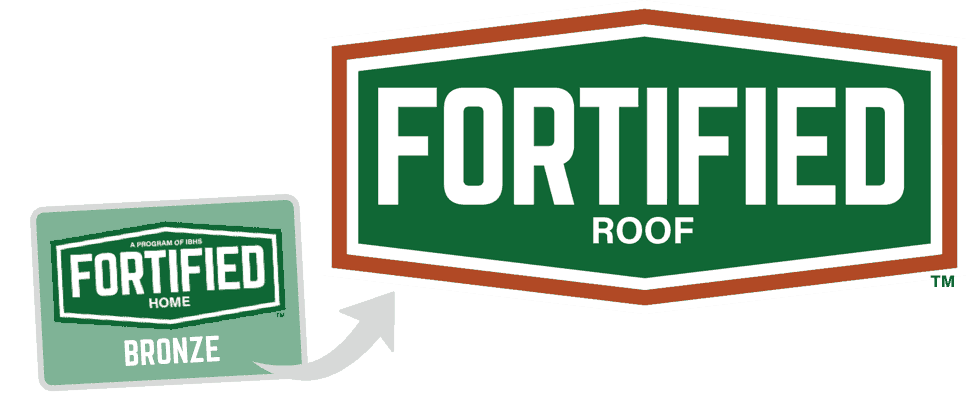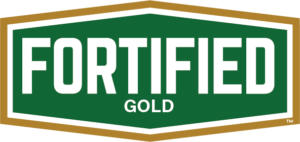INTRODUCTION
This FORTIFIED Home™ standard addresses high winds common in inland communities. Those inland communities are identified as locations where the design wind speed is less than or equal to 90 mph (Vasd) as determined in ASCE 7-05 or 115 mph (Vult) as determined in ASCE 7-10. The primary goal is to strengthen homes to reduce roof and other forms of property damage, disruption, and loss of use caused by severe thunderstorms, straight-line wind events, and high winds at the outer edges of tornadoes.
Roof Covering Requirements
Shingle roof
Shingle roof coverings must be high-wind rated:
Wind rating requirements: ASTM D3161 Class F or ASTM D7158 Class G or H.
Drip edge
Drip edge must be installed (at eaves and rakes) with 3 in. laps. Drip edge shall extend ½ in. below sheathing and extend back on the roof a minimum of 2 in. Drip edge at eaves and at gable ends shall be installed over the underlayment. The drip edge shall be mechanically fastened to the roof deck at maximum of 12 in. o.c.
Starter strips:
For shingle roofs, starter strips must be adhered at the eave and rake. Either embed the starter strip in roofing cement or use self-adhered starter strips.


All other roof coverings must be high-wind rated
Wind rating requirements:
ASCE 7-05 design wind speed, Vasd = 110 mph, Exposure B or ASCE 7-10 design wind speed, Vult = 140 mph, Exposure B.
Concrete and clay tile systems
Underlayment attachment and tile attachment shall meet the requirements of the design wind speed and exposure category listed above.
Metal panel roof systems and low-slope roof systems
Shall be installed in accordance with the manufacturer’s installation instructions and shall provide uplift resistance equal to or greater than the design uplift pressure for the roof based on the design wind speed and exposure category listed above.
For superior protection from hurricanes, tornadoes and other severe weather events, choose FORTIFIED Gold.
The National Standard for Resilience



* Required in Hurricane Prone Areas Only
** Required for the optional Hail
Supplement to a FORTIFIED designation.

